Home>Articles>How To Avoid Scraping The Bottom Of Car On A Driveway
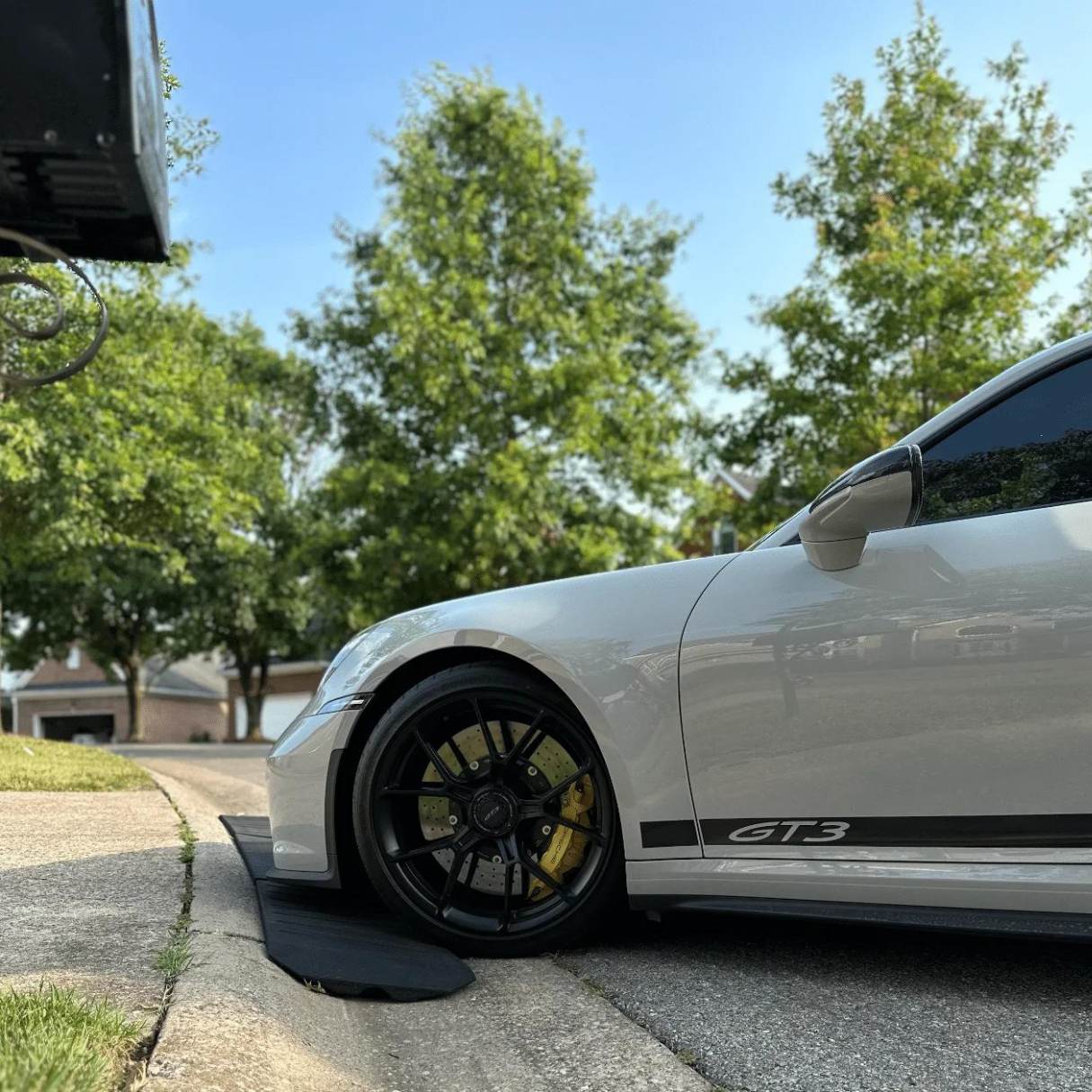

Articles
How To Avoid Scraping The Bottom Of Car On A Driveway
Modified: December 7, 2023
Learn how to prevent scraping the bottom of your car on the driveway with these helpful articles.
(Many of the links in this article redirect to a specific reviewed product. Your purchase of these products through affiliate links helps to generate commission for Storables.com, at no extra cost. Learn more)
Introduction
Driving can be a liberating experience, allowing us to explore new places and reach our desired destinations with ease. However, there’s nothing more frustrating than the sound of your car scraping against the ground as you navigate your driveway. Not only does it cause an unsettling noise, but it can also damage the undercarriage of your vehicle.
In this article, we will delve into the world of ground clearance and explore common causes of scraping. We will also provide you with valuable tips to prevent scraping and offer solutions for those unavoidable situations. So, let’s dive in and discover how you can avoid scraping the bottom of your car on your driveway.
Key Takeaways:
- Understanding your vehicle’s ground clearance and the common causes of scraping can help you take proactive measures to prevent damage. Adjusting your driving technique and considering professional solutions can provide long-term relief.
- By implementing practical tips such as approaching driveways slowly, clearing obstacles, and adjusting tire pressure, you can minimize the risk of scraping. If necessary, elevating your driveway or car, installing a ramp or speed bump, and seeking professional advice can offer tailored solutions.
Read more: How To Back A Car Out Of The Driveway
Understanding Ground Clearance
Ground clearance refers to the distance between the lowest point on your car’s undercarriage and the ground. It plays a crucial role in determining a vehicle’s ability to traverse obstacles, such as speed bumps, potholes, and curbs, without damaging the car.
Ground clearance can vary significantly between different types of vehicles. Sporty cars and sedans tend to have lower ground clearance, prioritizing aerodynamics and a sleek profile. On the other hand, SUVs and pickup trucks are designed with higher ground clearance to handle off-road terrain and uneven surfaces.
Manufacturers specify the ground clearance as part of a vehicle’s specifications, usually measured in inches or millimeters. It’s essential to consider the ground clearance when purchasing a new car, as it can affect your ability to navigate driveways, parking lots, and other obstacles in your daily driving.
Low ground clearance can be a contributing factor to scraping the bottom of your car on your driveway. Understanding your vehicle’s ground clearance and the potential causes of scraping can help you take appropriate measures to prevent any damage.
Common Causes of Scraping
There are several common causes that can lead to scraping the bottom of your car on your driveway. By understanding these causes, you can identify the reasons behind the scraping and take proactive steps to prevent them. Here are some typical culprits:
- Uneven driveway surfaces: One of the primary causes of scraping is uneven or sloping surfaces on your driveway. If the angle of your driveway is too steep or if there are uneven sections, it can cause the bottom of your car to make contact with the ground.
- High center of gravity: Vehicles with a high center of gravity, like SUVs or vans, are more prone to scraping. This is due to their design, which makes the undercarriage lower than the wheels.
- Speed bumps or humps: Speed bumps are designed to slow down vehicles, but they can also cause scraping if approached at an excessive speed or if the vehicle’s suspension is not properly adjusted.
- Carrying excessive weight: Overloading your car with heavy items can cause it to sag, reducing ground clearance and increasing the chances of scraping.
- Worn-out suspension components: Damaged or worn suspension components can affect the ride height of your vehicle, leading to scraping.
Identifying the specific cause of scraping in your case will help you find the appropriate solution to prevent further damage. Let’s explore some tips to avoid scraping the bottom of your car on your driveway.
Tips to Prevent Scraping
Now that we know the common causes of scraping, let’s discuss some practical tips to prevent scraping the bottom of your car on your driveway:
- Approach driveways slowly and at an angle: When entering or exiting your driveway, approach it slowly and at an angle. This approach can help minimize the likelihood of scraping, especially if your driveway has a steep incline or uneven sections.
- Clear obstacles from the driveway: Ensure that your driveway is free from any debris, such as rocks or branches, that could contribute to scraping. Clearing these obstacles will provide a smoother path for your vehicle.
- Avoid overloading your car: Be mindful of the weight you carry in your car, as excess weight can reduce ground clearance and increase the risk of scraping. Remove unnecessary items from your vehicle to maintain optimal clearance.
- Regularly inspect and maintain suspension components: Regularly check the condition of your suspension components and ensure they are in good working order. Worn-out or damaged suspension components can affect ground clearance and lead to scraping. If you notice any issues, have them inspected and repaired by a professional mechanic.
- Adjust tire pressure: Keeping your tires properly inflated can help maintain adequate ground clearance. Check your vehicle’s manual for the recommended tire pressure and ensure that your tires are inflated to the correct level.
- Install skid plates: Skid plates are protective panels that can be installed on the underside of your vehicle. They can provide an extra layer of protection against scraping and damage from rough surfaces. Consult with a professional to determine if skid plates are appropriate for your vehicle.
Remember, prevention is key when it comes to avoiding scraping the bottom of your car. By following these tips, you can minimize the risk of damage to your vehicle’s undercarriage.
Adjusting Your Driving Technique
Along with taking preventive measures, adjusting your driving technique can significantly reduce the chances of scraping the bottom of your car on your driveway. Here are some driving tips to keep in mind:
- Slow down: When approaching your driveway, reduce your speed to minimize the impact and reduce the likelihood of scraping. This will allow your car’s suspension to better absorb any unevenness on the surface.
- Angle your approach: As mentioned earlier, approaching your driveway at an angle can help distribute the weight of the vehicle more evenly and reduce the risk of scraping. Experiment with different angles to find the most comfortable and safe approach for your specific driveway.
- Use your mirrors: Utilize your side mirrors to get a better view of the ground beneath your vehicle as you navigate your driveway. This will help you identify any potential scraping points and adjust your approach accordingly.
- Be mindful of your surroundings: Pay attention to any potential obstacles or uneven surfaces on your driveway. This can include cracks, potholes, or debris that may contribute to scraping. Avoid these areas or take extra caution when passing over them.
- Consider alternative routes: If your driveway consistently causes scraping and it’s not feasible to make significant adjustments, consider exploring alternative routes to avoid the problem altogether. This could mean using a different entrance or parking your car on the street nearby.
By implementing these adjustments to your driving technique, you can reduce the risk of scraping and protect the undercarriage of your vehicle.
When approaching a steep driveway, angle your car to enter at an angle rather than straight on. This can help prevent scraping the bottom of your car.
Read more: How Wide Is A Two Car Driveway
Elevating Your Driveway or Car
If scraping persists despite taking preventive measures and adjusting your driving technique, you may need to consider elevating either your driveway or your car to create more clearance. Here are some suggestions:
1. Elevating your driveway:
- Professional resurfacing: Consult with a professional contractor who specializes in driveway resurfacing. They can assess the slope and unevenness of your driveway and provide solutions to elevate it and create a smoother surface.
- Adding a layer of asphalt or concrete: Increasing the thickness of your driveway can help raise its height and prevent scraping. This can be achieved by adding an additional layer of asphalt or concrete on top of the existing driveway.
- Building a retaining wall: If your driveway has significant slope or unevenness, constructing a retaining wall alongside it can help level the surface and provide a smoother entry and exit.
2. Elevating your car:
- Adjusting suspension: Consult with a professional mechanic or suspension specialist to determine if your suspension can be adjusted to raise the ride height of your vehicle. This may involve installing aftermarket suspension components or modifying existing ones.
- Using coil spring spacers: Coil spring spacers are rubber spacers that can be inserted between the coils of your car’s springs to raise the ride height. This can be a cost-effective solution to increase ground clearance temporarily.
- Installing a lift kit: Lift kits are more intensive modifications that involve replacing your vehicle’s suspension and increasing the overall ride height. This is a popular option for off-road enthusiasts but should be done by professionals to ensure proper installation.
Elevating either your driveway or your car should be considered as a last resort, as it may involve significant time, effort, and financial investment. It’s crucial to weigh the benefits against the cost and consult with professionals to find the best solution for your specific situation.
Installing a Ramp or Speed Bump
If adjusting your driving technique and elevating your driveway or car are not feasible options, installing a ramp or speed bump can provide a strategic solution to prevent scraping. Here are some considerations:
1. Installing a ramp:
- Modular ramps: Modular ramps are pre-fabricated ramps that can be easily installed on your driveway’s entrance or exit. They are typically made of durable materials like rubber or metal and provide a gradual incline to smoothly transition your vehicle without scraping.
- Custom ramps: If your driveway has unique dimensions or requirements, you can opt for a custom-made ramp. A professional contractor can assess your driveway and build a ramp that perfectly aligns with its specifications.
- Portable ramps: If you only encounter scraping occasionally, portable ramps can be a convenient and versatile option. They can be easily placed and removed as needed, allowing for flexibility and ease of use.
2. Installing a speed bump:
- Positioning: Installing a speed bump strategically on your driveway can effectively slow down your vehicle and prevent scraping. Consult with a professional to determine the ideal location and specifications for the speed bump.
- Height and slope: The height and slope of the speed bump should be carefully considered to ensure it provides the desired effect without causing discomfort or additional vehicle damage.
- Visibility and signage: Ensure that the speed bump is clearly visible to drivers approaching your driveway. Adding appropriate signs or markings will help alert drivers and prevent any unexpected scraping incidents.
Before installing a ramp or speed bump, it’s important to check local regulations and obtain any necessary permits. Additionally, consider the potential impact on other vehicles, pedestrians, and drainage systems when making your decision.
Professional installation and consultation are recommended to ensure proper placement, construction, and adherence to safety guidelines.
Professional Solutions
If you have exhausted all other options and still find yourself scraping the bottom of your car on your driveway, it may be time to consider professional solutions. Here are a few options to explore:
- Consult a professional mechanic: A professional mechanic with experience in suspension systems and undercarriage protection can assess your vehicle and recommend specific modifications or adjustments to prevent scraping. They can also inspect your vehicle for any damage caused by scraping and perform necessary repairs.
- Work with a driveway contractor: A driveway contractor can provide expert advice and solutions for modifying your driveway to mitigate scraping. Whether it involves resurfacing, leveling, or implementing other techniques, they will have the expertise to address the issue effectively.
- Consider vehicle customization: In extreme cases, customizing your vehicle for increased ground clearance may be necessary. This can involve consulting with specialty automotive shops that focus on off-road modifications, suspension upgrades, or even raising the height of your vehicle.
- Investigate professional undercarriage protection: There are various undercarriage protection options available, such as skid plates, underbody coatings, and reinforced components. These can help shield your vehicle’s undercarriage from scraping and reduce potential damage.
Professional solutions may come with a higher cost but can provide long-term and tailored fixes to your scraping problem. It is vital to consult with trusted professionals who have experience in dealing with your specific concerns and requirements.
Remember, it is important to prioritize safety and consider all available options before proceeding with any modifications or professional solutions.
Conclusion
Dealing with the frustration and potential damage of scraping the bottom of your car on your driveway can be a thing of the past with the right preventative measures and adjustments. By understanding ground clearance, identifying common causes of scraping, and following the tips provided, you can significantly reduce the risk of scraping and protect your vehicle’s undercarriage.
Adjusting your driving technique, clearing obstacles, and being mindful of your surroundings are simple yet effective ways to minimize scraping incidents. If these measures aren’t enough, you may need to elevate your driveway or car, install a ramp or speed bump, or explore professional solutions that best suit your specific situation.
Remember to prioritize safety and consult with professionals for guidance and assistance. They can provide expert knowledge and ensure proper installation or modifications to prevent scraping while maintaining the integrity of your vehicle.
With these tips and solutions in mind, you can enjoy a smooth and scrape-free experience every time you navigate your driveway. Protect your car from unnecessary damage and keep the joy of driving alive!
Frequently Asked Questions about How To Avoid Scraping The Bottom Of Car On A Driveway
Was this page helpful?
At Storables.com, we guarantee accurate and reliable information. Our content, validated by Expert Board Contributors, is crafted following stringent Editorial Policies. We're committed to providing you with well-researched, expert-backed insights for all your informational needs.
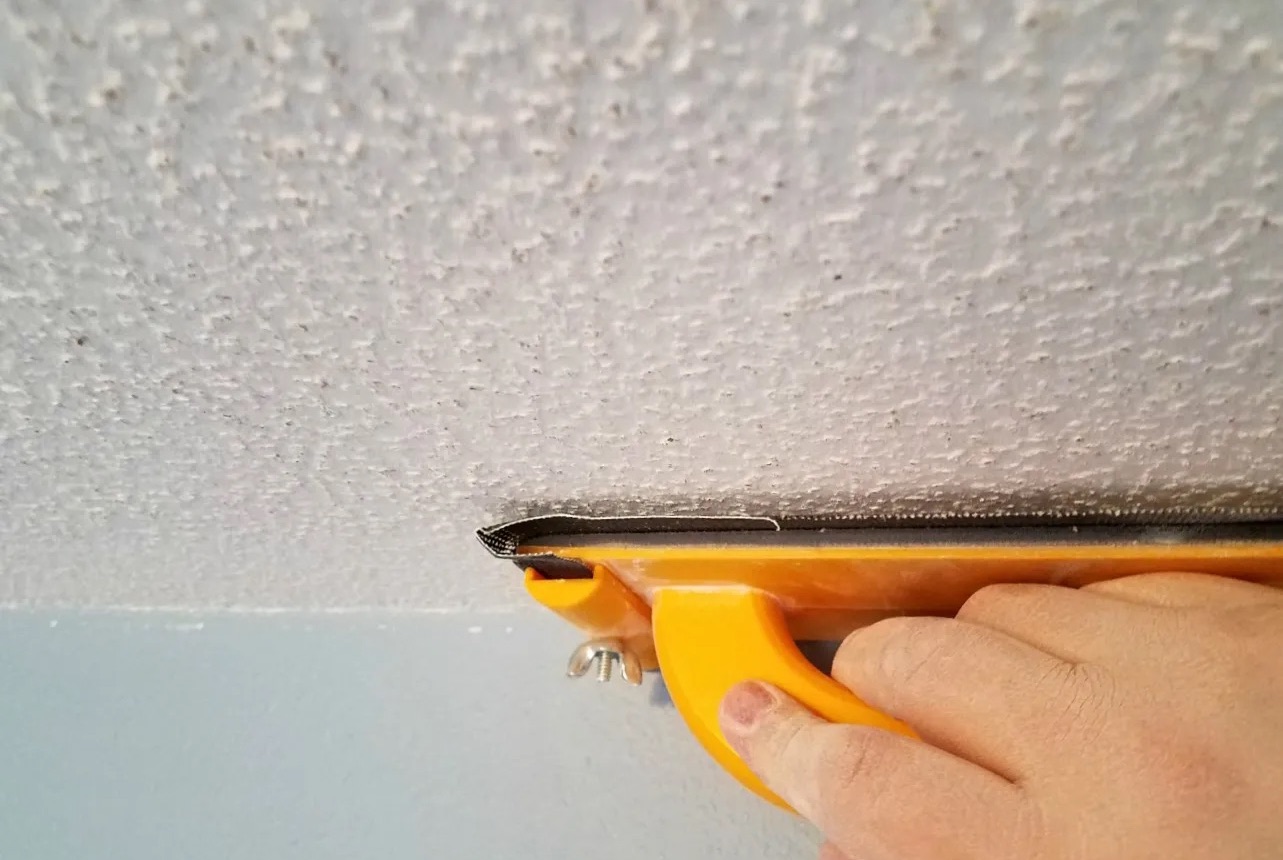
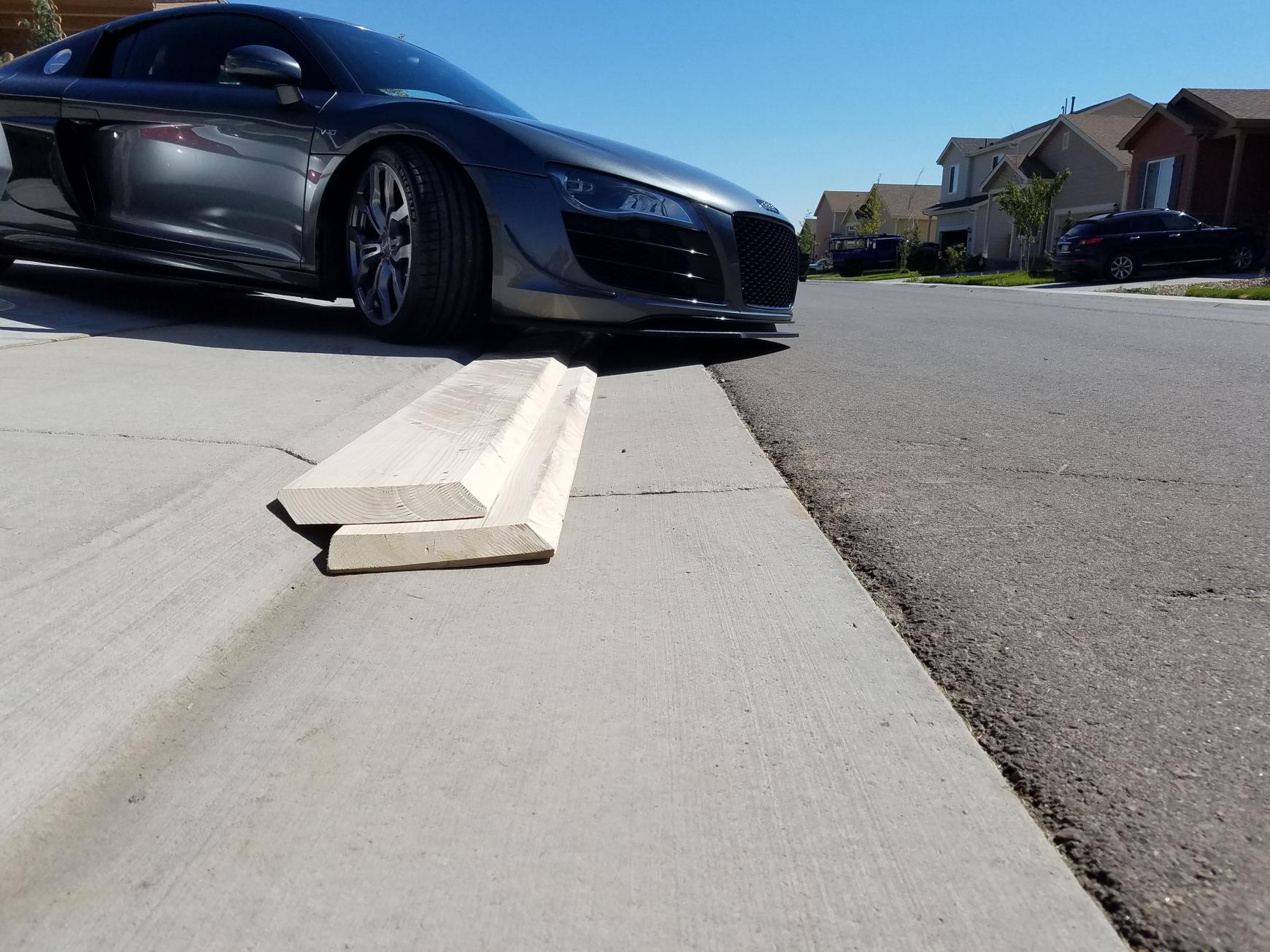
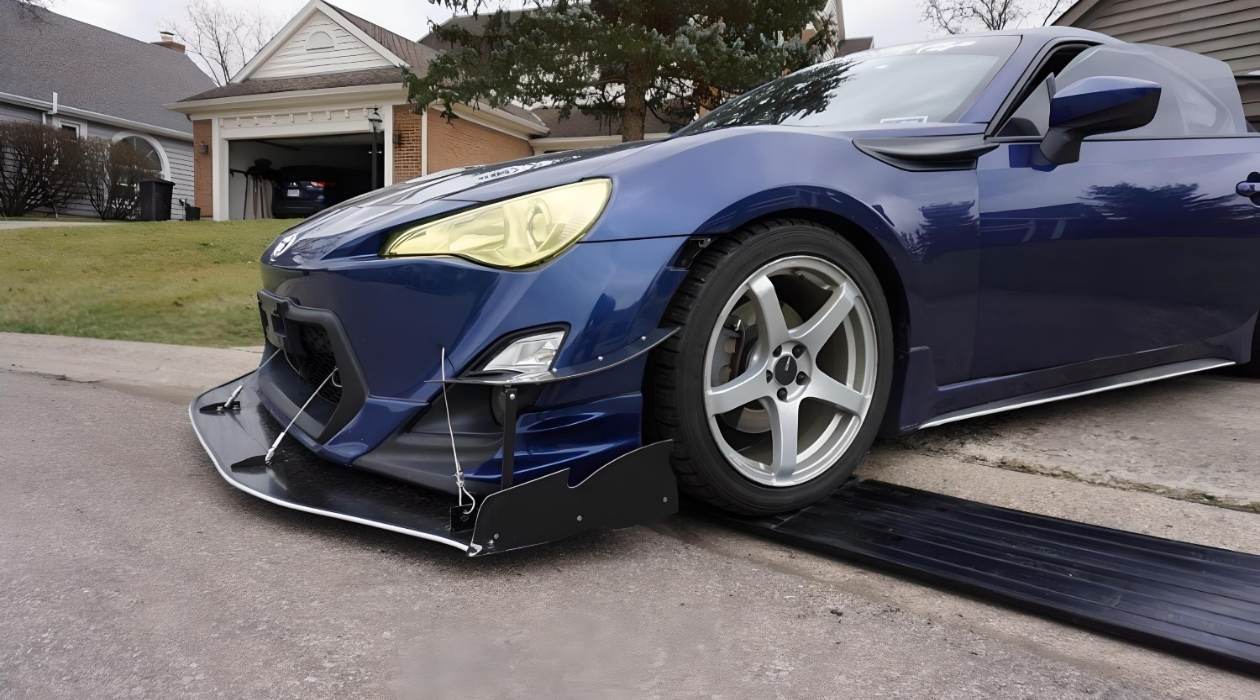
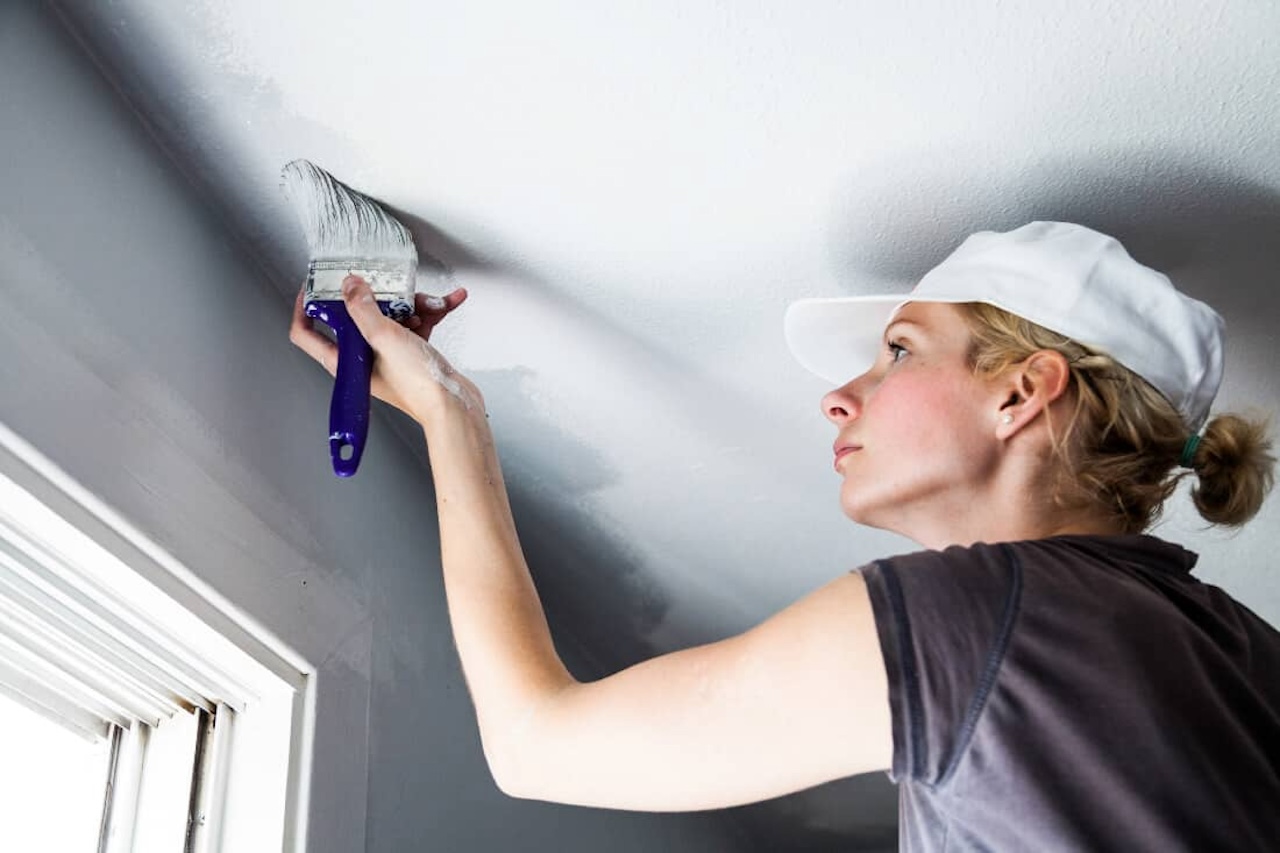



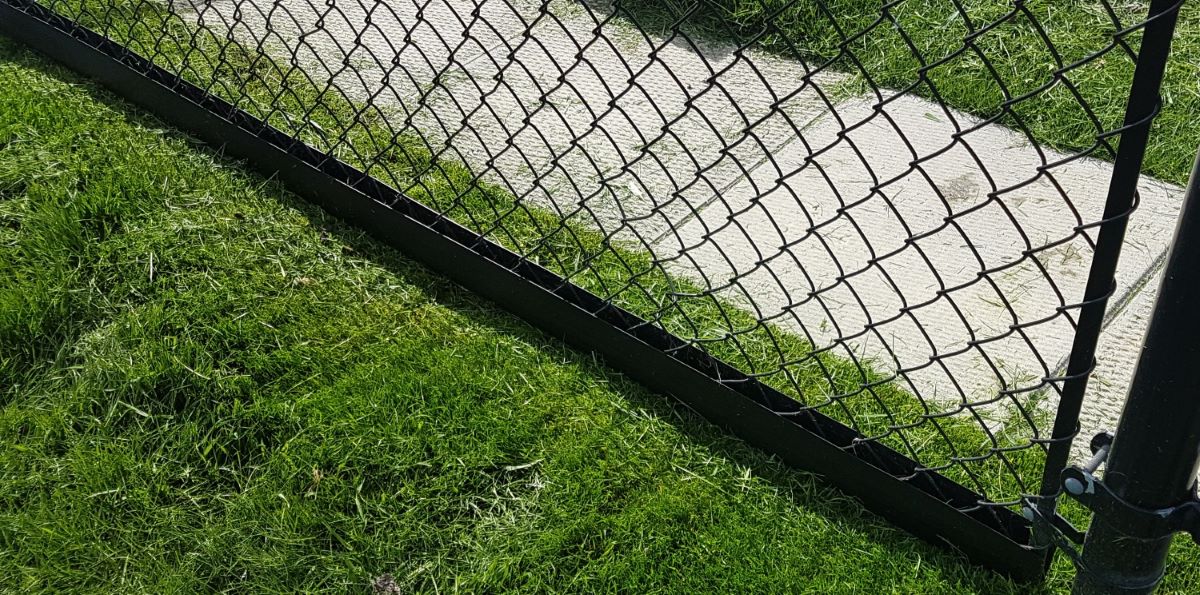

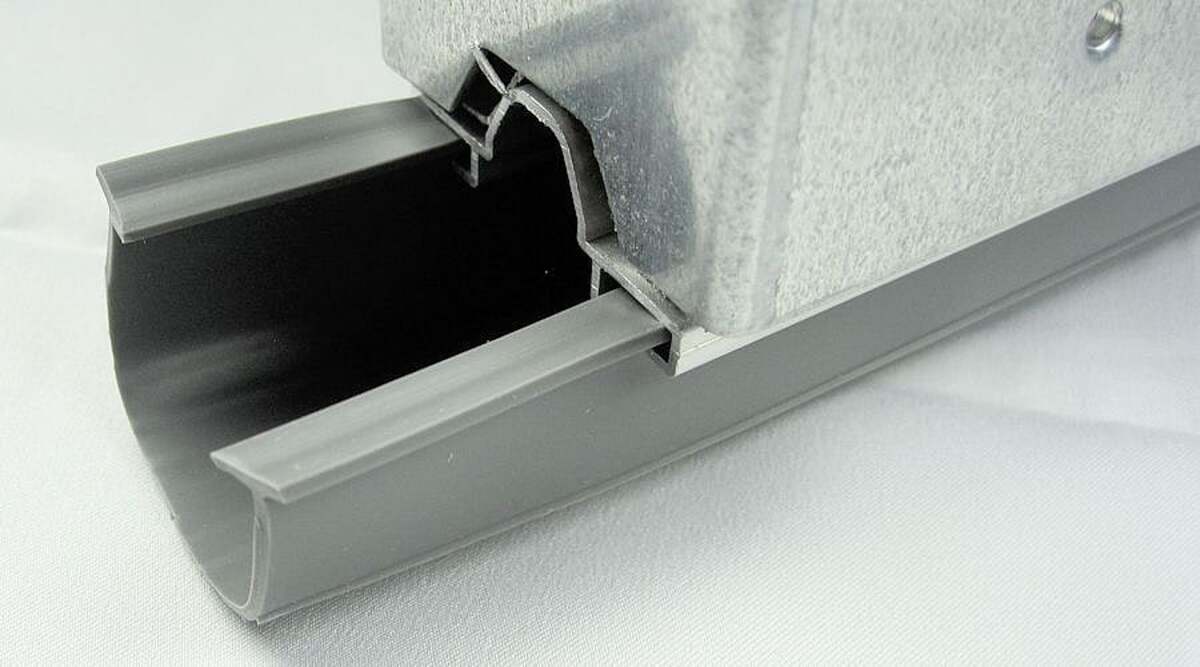
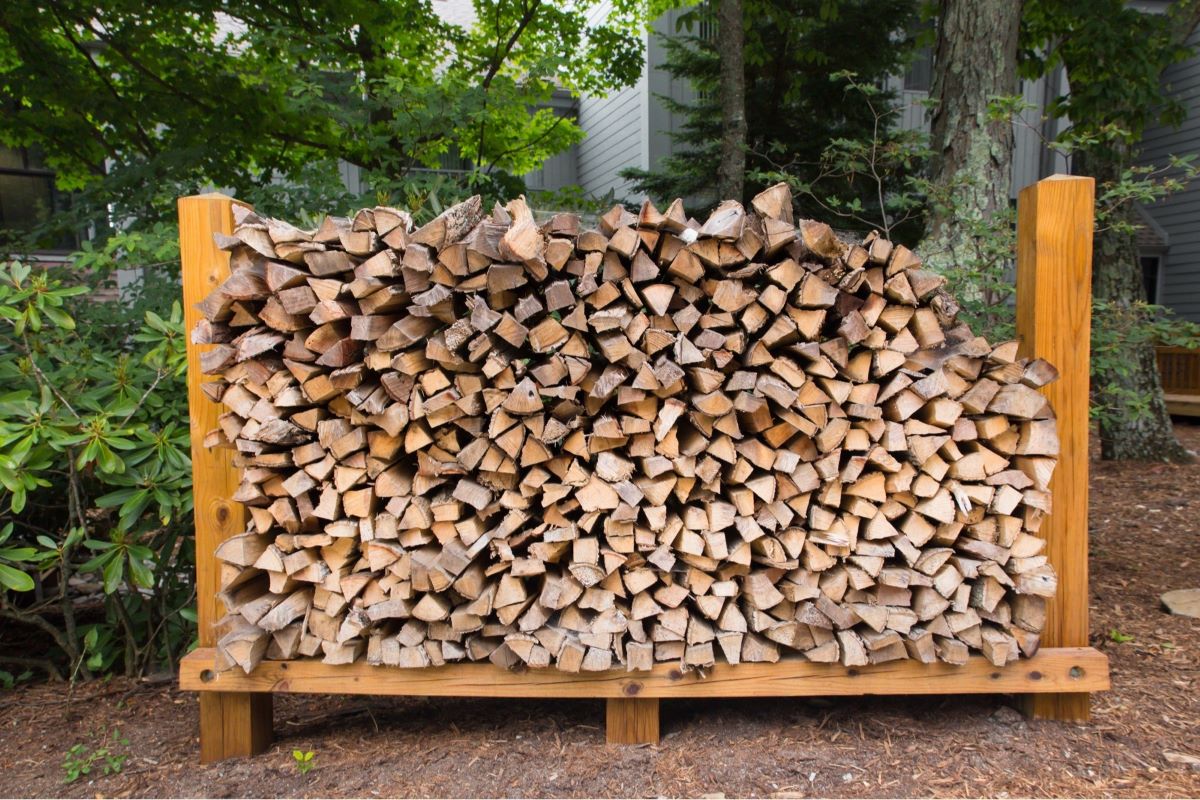
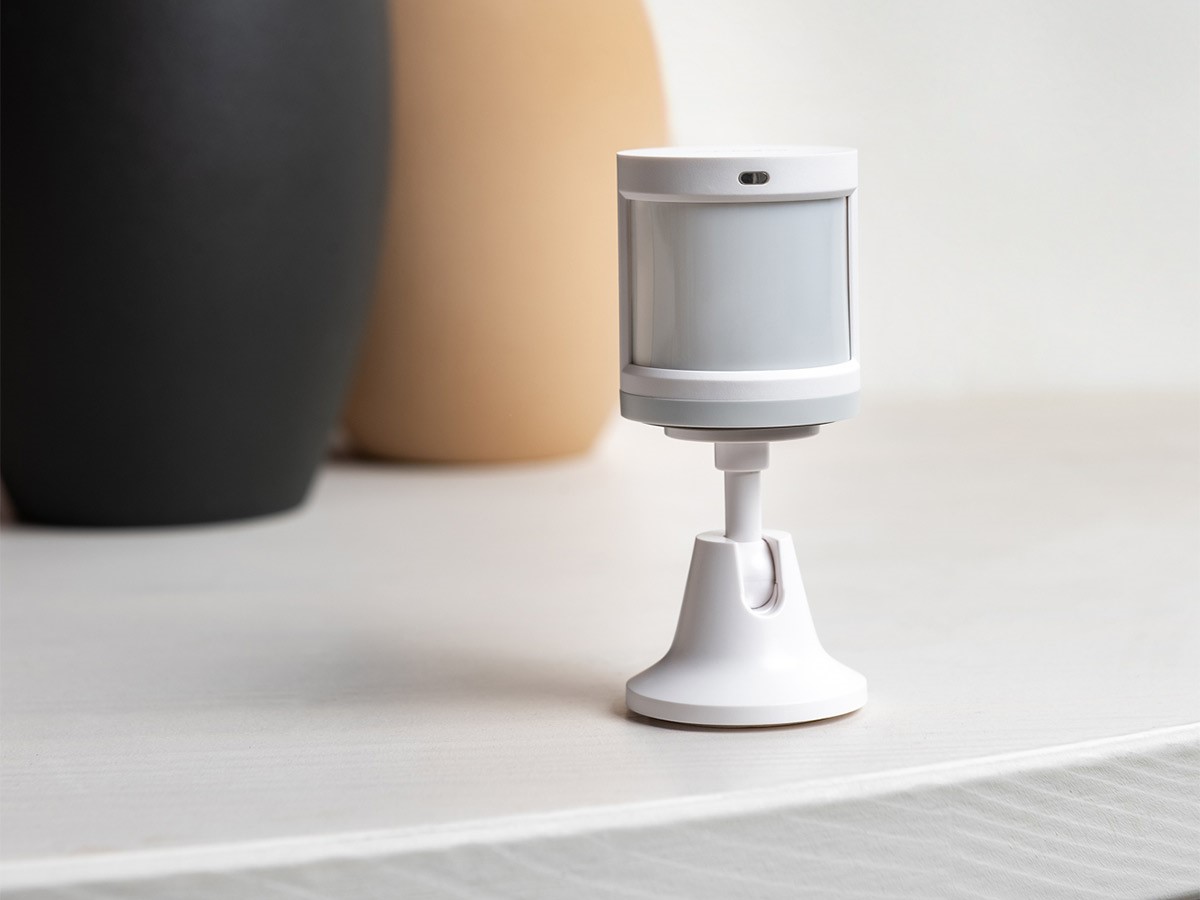
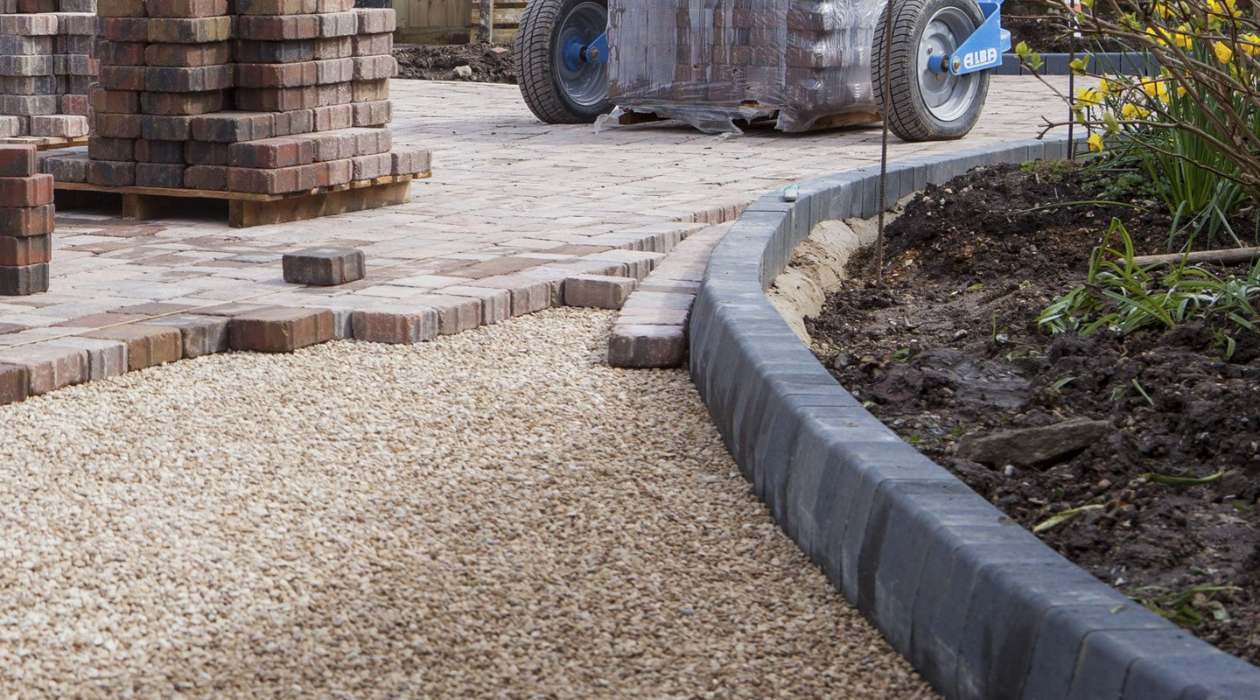
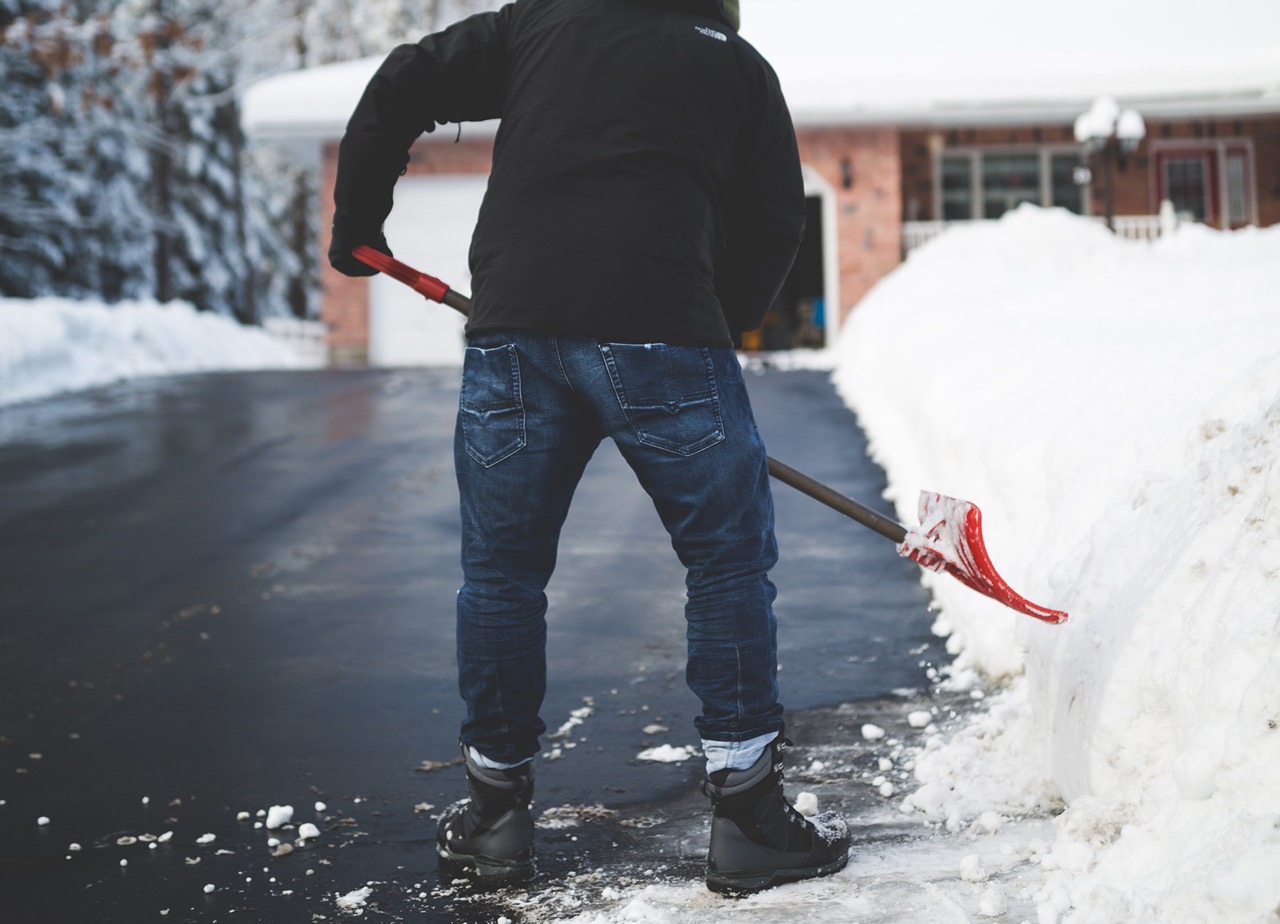

0 thoughts on “How To Avoid Scraping The Bottom Of Car On A Driveway”